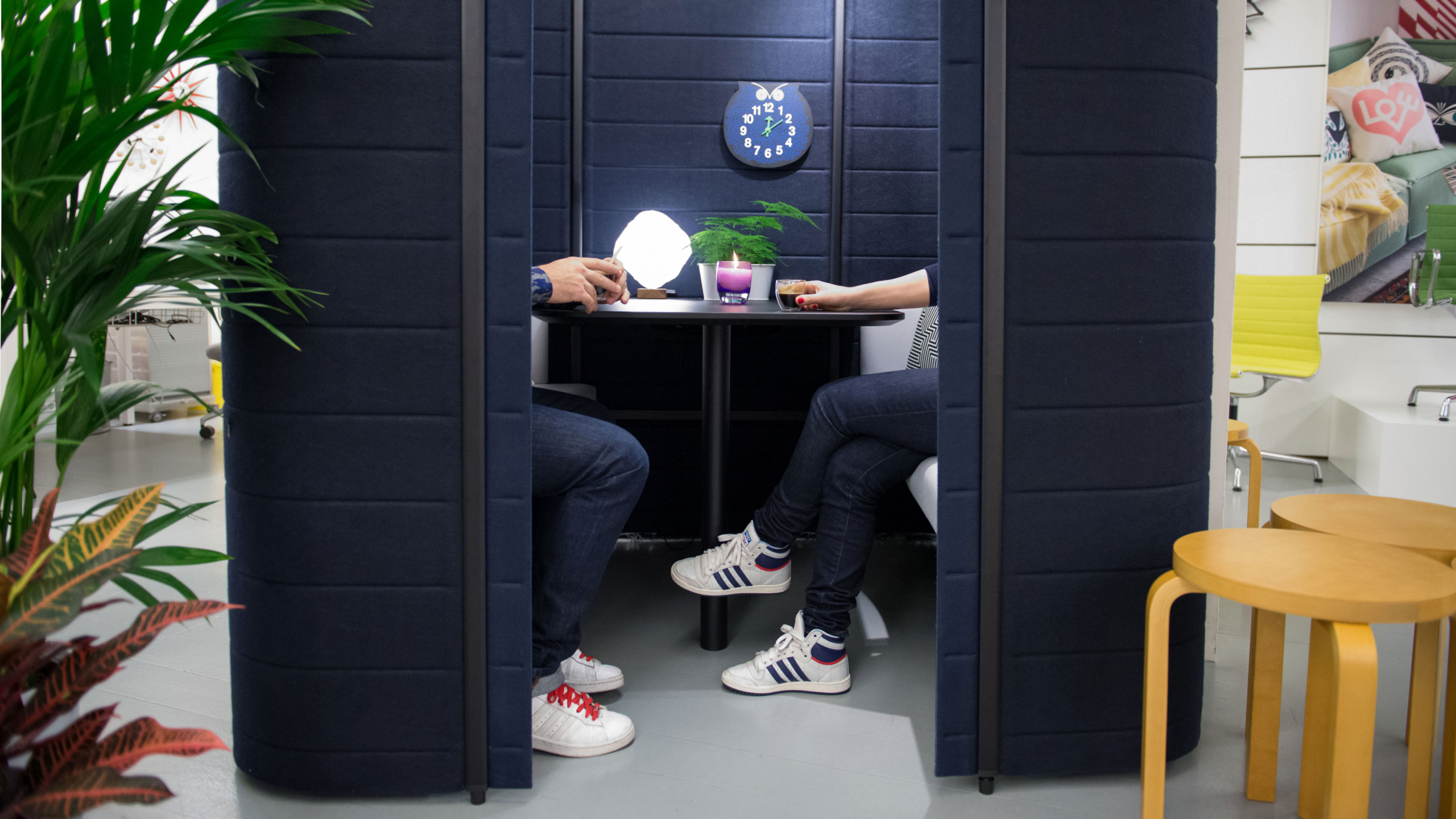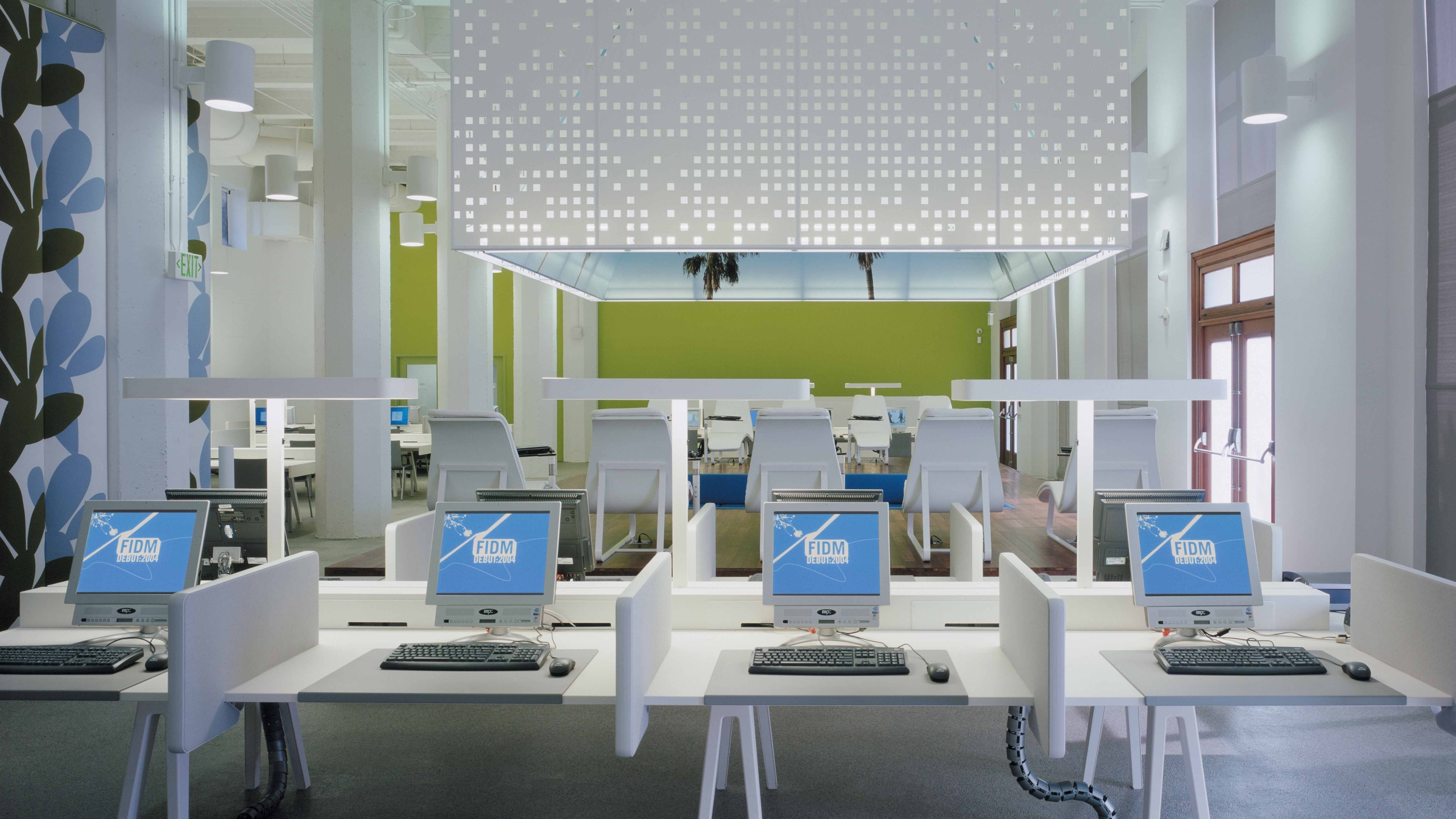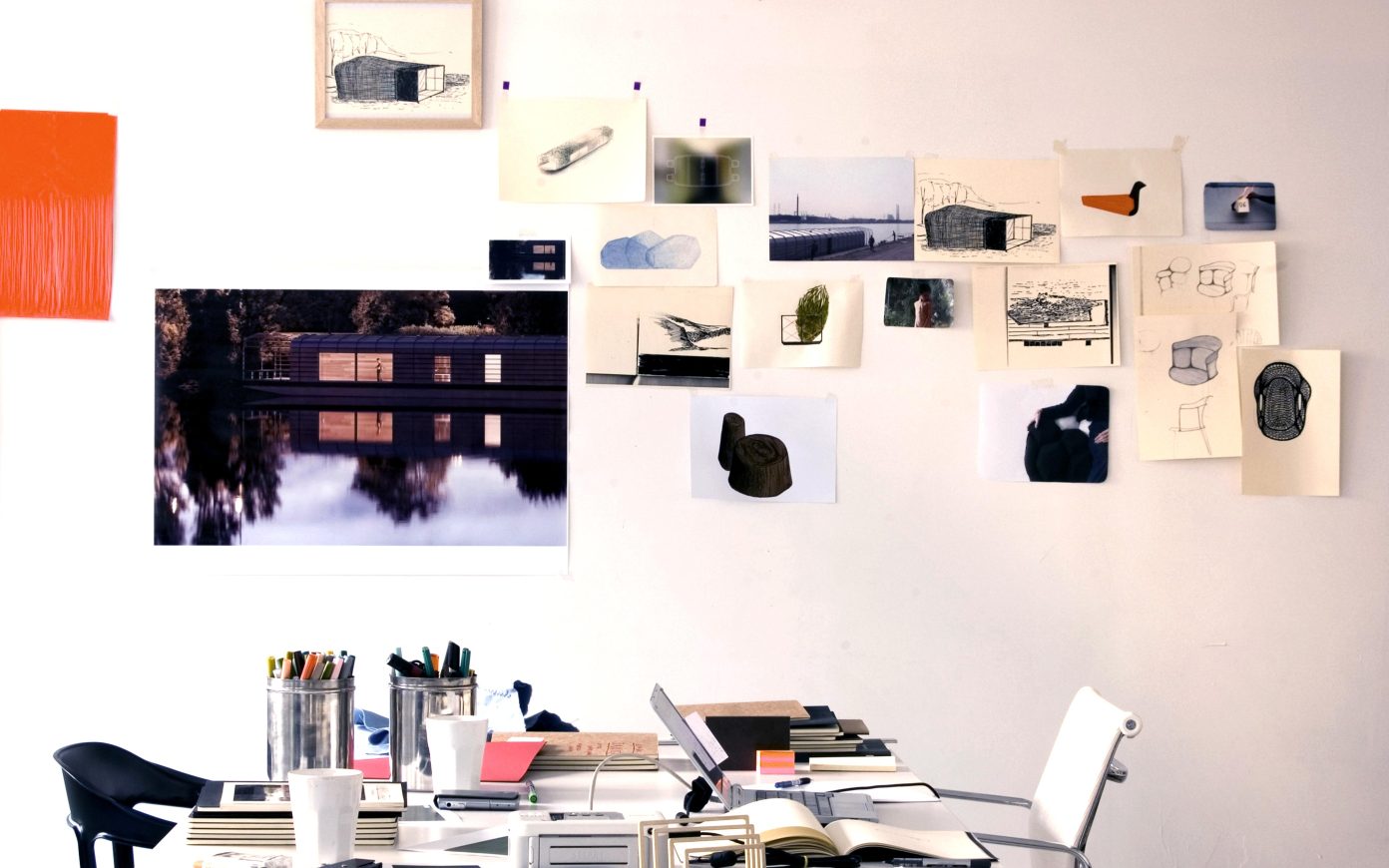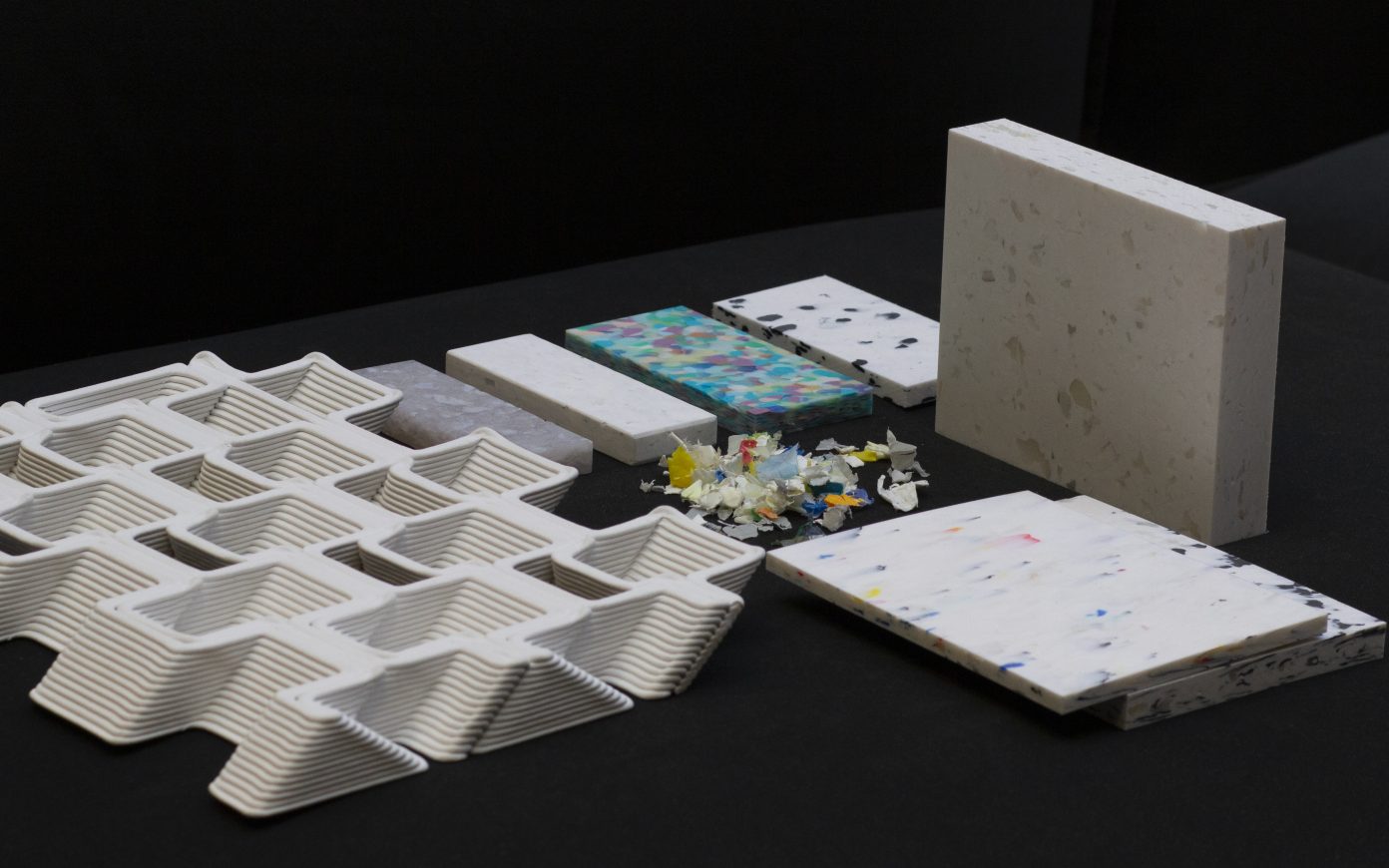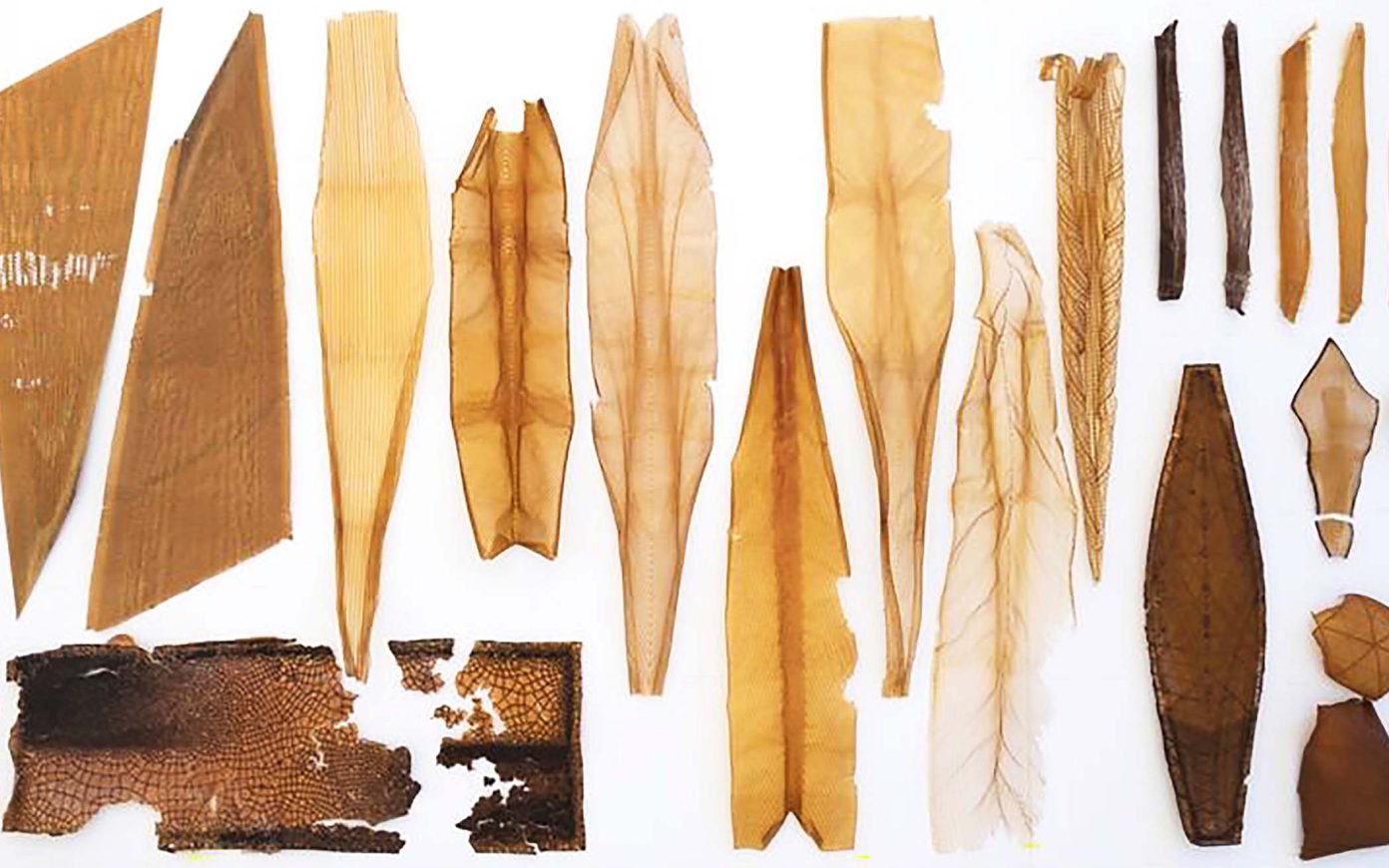New visions
Stream : When you receive an assignment, what position does the company give you to explore the creativity of your work?
Isabelle de Ponfilly : The products and concepts of Vitra are the result of a design process, which starts with a deep interest in the needs at hand and combines engineering excellence from Vitra in collaboration with the creative genius of internationally renowned designers.
Stream : Does Vitra seek to promote research, or further development of its staff? If so, how?
Isabelle de Ponfilly : Yes, we have an internal training program, which aims to train experts in every field of the business.
Stream : What is the motivation behind having your buildings designed by great architects?
Isabelle de Ponfilly : Rolf Fehlbaum is an expert on architecture and is passionate about the subject. He selects each architect with whom he will travel on a very rewarding journey. Some architects have built their first building on our campus (Zaha Hadid), or their first building in Europe (Frank Gehry, Tadao Ando).
Stream : What are the consequences that you have observed (and/or benefits, inconveniences)?
Isabelle de Ponfilly : We are convinced of the benefits of quality architecture on the lives of everyone. Places can create a story, influencing each person by their given language. Initiatives, such as the architecture of the Vitra Campus, the Vitra Design Museum, the workshops, publications, collections, and archives, are all components of the Project Vitra. These initiatives enrich Vitra with perspective and a depth in its activities.
Stream : While working with designers who are not “specialized” in office furniture, is a new aesthetic or new usage born of their design work?
Isabelle de Ponfilly : Yes of course, it is important to be open to new worlds, and to absorb new cultures. Vitra still offers inspiring solutions that are incredibly varied and absolutely do not impose on a style.
Stream : What image can these non-specialized designers make?
Isabelle de Ponfilly : A fresh, intimate, and imaginary world of their own.
A different look. A different experience. A dream, each time a unique adventure.
Stream : What are the proposals that were not successful? Why (cost? inadequacy to work environment? etc…)
Isabelle de Ponfilly : Swiss secret…!
(This article was published in Stream 02 in 2012.)
